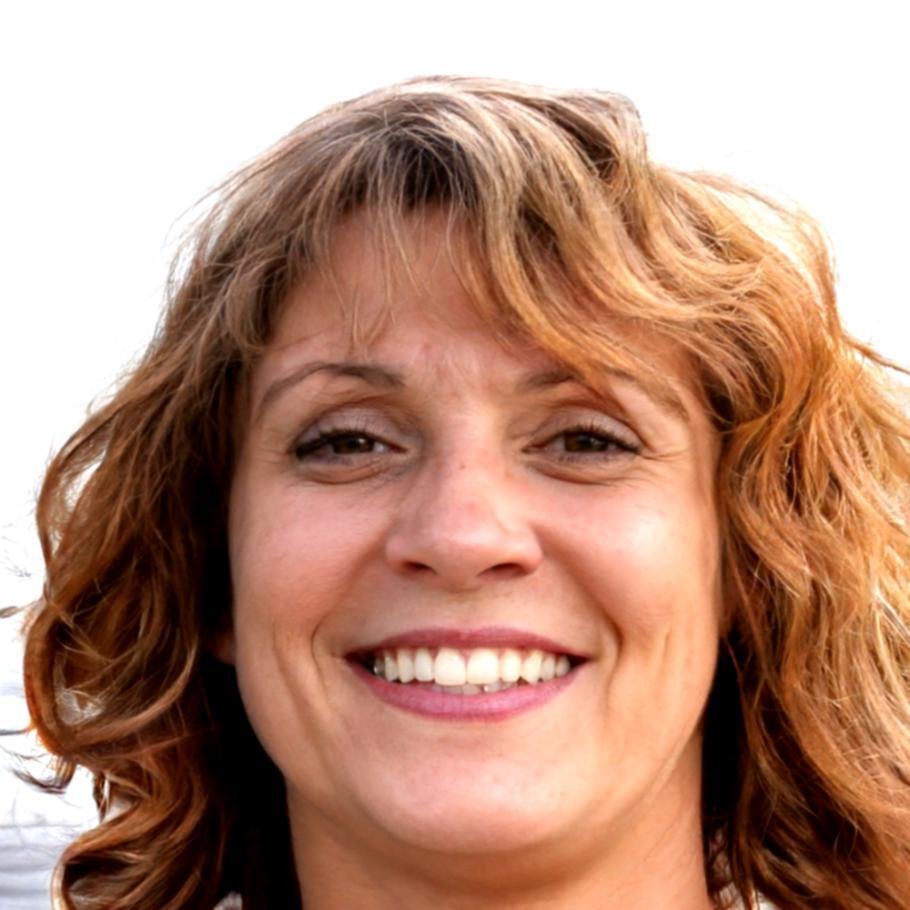Master Financial Analysis Through Real Business Scenarios
We've spent years working with Bangkok's financial sector. The patterns are clear: professionals who understand both the numbers and the story behind them make better decisions. Our autumn 2025 program starts with actual case studies from regional markets.
View Program Details
Three Stages That Build Your Analytical Foundation
Most programs throw everything at you at once. We broke it down differently based on how people actually learn financial concepts.
Foundation Months
September to November 2025. You'll work with simplified balance sheets first. No jargon overload. Just the core principles that matter when you're staring at spreadsheets at midnight.
Application Phase
December 2025 to February 2026. Here's where it gets interesting. Real company data from Southeast Asian markets. You'll spot the red flags and opportunities that textbooks miss.
Portfolio Building
March to April 2026. Create your analysis portfolio using actual scenarios. Former participants tell us this part helped them the most during job interviews and client presentations.

Software Skills That Actually Transfer
You won't become an Excel wizard overnight. But you'll learn the specific functions that financial analysts use daily. Not the fancy stuff that looks impressive but serves no purpose.
- Ratio analysis frameworks that work across different industries
- Cash flow modeling without getting lost in complexity
- Visualization techniques that make your findings clear to non-finance people
- Error-checking methods because one wrong formula can ruin everything
- Report templates you can adapt for different client needs
Your Learning Path From September 2025
Each month builds on what came before. Miss a section and you'll feel it later. That's why we keep groups small and track individual progress.
Financial Statement Fundamentals
Reading balance sheets, income statements, and cash flow reports. You'll practice with companies from different sectors to see how interpretation changes based on industry context.
Ratio Analysis and Performance Metrics
Liquidity ratios, profitability measures, efficiency indicators. More importantly, you'll learn when each metric matters and when it's just noise.
Forecasting and Projection Models
Building realistic projections based on historical data and market conditions. This is where analysis becomes advisory work.
Real Case Implementation
Apply everything to actual business scenarios. Present your findings like you would to a client or management team. Get feedback from people who've done this professionally.
Learn From People Who Work in the Field
Our instructors split their time between teaching and actual financial work. That means the examples stay current and the advice stays practical.

Roland Petersen
Spent twelve years analyzing emerging market companies. Roland focuses on teaching pattern recognition in financial data and helping students avoid common analytical mistakes.

Margaret Cross
Margaret builds financial models for corporate clients. She teaches the practical side of forecasting and helps students create templates they'll actually use after the program ends.
Questions People Ask Before Enrolling
These come up in almost every consultation call. Figured we'd answer them here first.
What background do I need?
Basic spreadsheet comfort and interest in numbers. We've had accountants, business owners, and career changers. The math isn't advanced, but you need patience for detail work.
How much time per week?
Plan for eight to ten hours. Three hours of live sessions, the rest for practice and assignments. People with finance backgrounds sometimes move faster through early modules.
Is this taught in person or online?
Live online sessions with recorded backups. You can watch recordings, but the real learning happens during live sessions when you can ask about specific confusion points.
What happens after the program?
You get access to our resource library and alumni community. Some participants freelance, others use skills in current roles. We don't make placement promises.
Can I start mid-program?
Not recommended. Each module assumes you've completed previous ones. We run two cohorts yearly, so if timing doesn't work now, there's another chance in six months.
What software will I need?
Excel or Google Sheets for most work. We provide templates and sample data sets. If you want to explore specialized tools, we cover those in optional workshops.
Ready to Start Building Your Analysis Skills?
Autumn 2025 enrollment opens in July. Class size stays small to keep things interactive. If you're serious about understanding financial data, let's talk about whether this program fits your goals.
Get Program Information